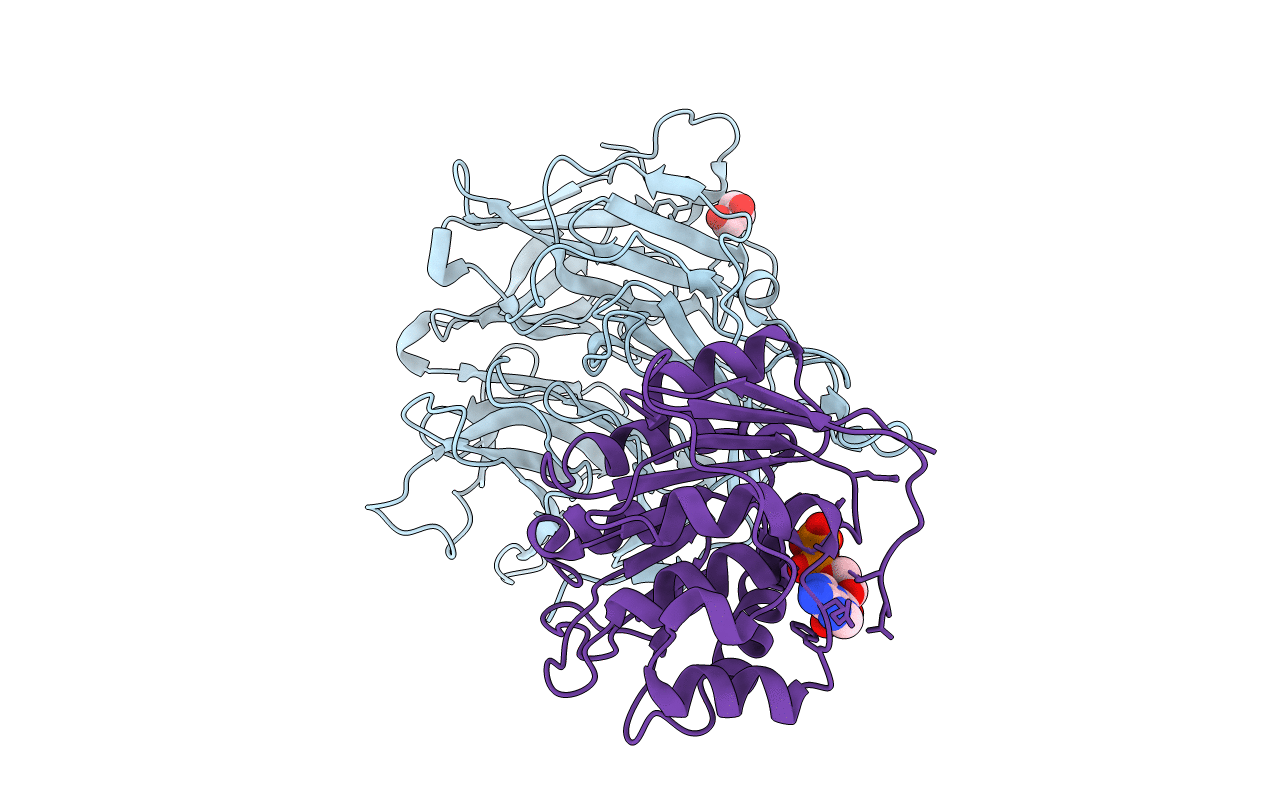
Deposition Date
2008-12-22
Release Date
2009-05-19
Last Version Date
2023-09-06
Entry Detail
PDB ID:
3FMO
Keywords:
Title:
Crystal structure of the nucleoporin Nup214 in complex with the DEAD-box helicase Ddx19
Biological Source:
Source Organism:
Homo sapiens (Taxon ID: 9606)
Host Organism:
Method Details:
Experimental Method:
Resolution:
2.51 Å
R-Value Free:
0.24
R-Value Work:
0.19
R-Value Observed:
0.20
Space Group:
P 21 21 21


